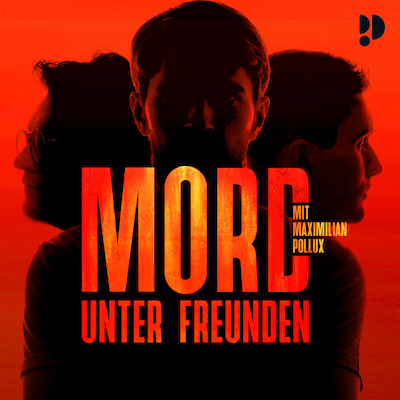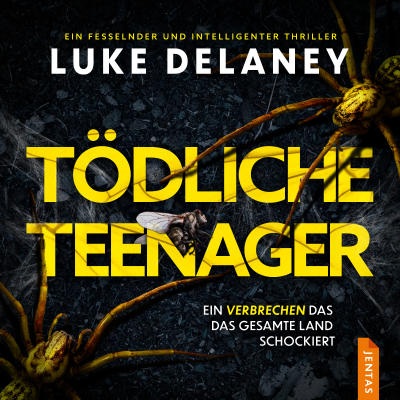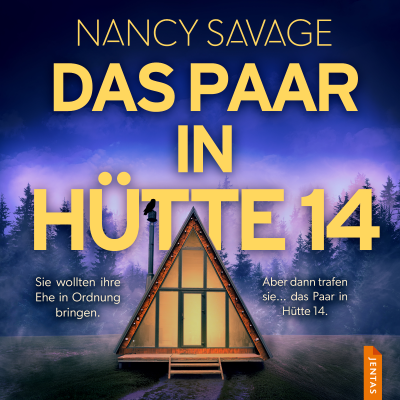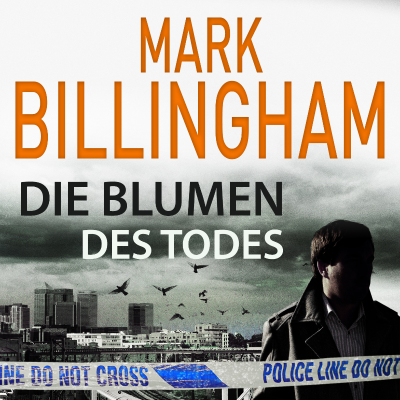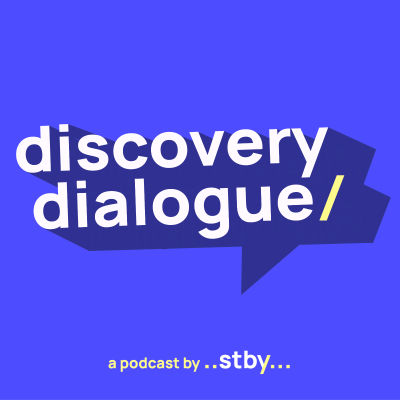
Discovery Dialogue
Englisch
Gratis en Podimo
Kostenlos hören bei Podimo
Starte jetzt und verbinde dich mit deinen Lieblingspodcaster*innen
- Vertraut von über 1 Mio. deutschen Hörer*innen
- Über 1.000 lokale Podcasts und Shows – nur bei Podimo
- Keine Zahlung nötig
Mehr Discovery Dialogue
This is the place to discover backstage dialogues about stories and practices from those who work in the deep and messy interface between research and design.
Alle Folgen
6 FolgenEP6..a dialogue about...learning to experiment, and experimenting to learn with AI
Staying on top of AI's rapid developments can feel like a never-ending journey. In our latest Discover Dialogue episode, join Bas, Qin, and Ed as they explore how we navigate this exciting, yet exhausting, landscape through open experimentation. Discover how our small team of driven experimenters integrates AI into internal R&D, client projects, and even helps clients confidently experiment with AI within their own organisations. We'll share tangible examples and invaluable learnings from our experiences, including our most recent AI experiments in the design research process. Tune in to uncover our strategies for harnessing AI's benefits while keeping pace with its constant evolution, all alongside our day-to-day work.
EP5..a dialogue about...why does AI need design research?
The rapid advancement of AI is stirring hopes and fears globally, presenting unprecedented opportunities and challenges. In this episode, Katy, a design researcher at Stby [https://www.stby.eu/], and Bas, the creative director of Stby [https://www.stby.eu/], discussed the critical role of design research in shaping AI's integration into society. Their conversation explored how design research can help create technology that is not only functional but also humane, equitable, and aligned with societal needs. They spoke about recent projects around AI. One focused on understanding people’s experiences with AI integration in the workplace [https://www.stby.eu/2024/04/19/considering-the-implications-of-ai-on-work/]. The interviews and workshops revealed critical insights into how AI affects people’s work relationships and feelings towards their jobs and career opportunities. This qualitative exploration helped paint a holistic picture of AI's impact, ensuring more inclusive and effective decision-making. Another project explored how AI could assist people with low digital skills [https://www.stby.eu/2022/05/17/towards-better-digital-inclusion-part-2/] by identifying where they struggle on web pages. The research showed how AI can provide timely prompts to help users complete tasks, showcasing its potential to improve accessibility and give people agency in their digital lives. Design research is vital for balancing technological innovation with human well-being. AI should empower people and respect their goals and values rather than merely serve business interests. This requires ongoing conversations among designers, researchers, developers, technologists, policymakers and more. Currently, a lot of energy is devoted to pushing AI's technical boundaries and less on its human impact. Design research can provide a bridge to these elements, ensuring AI technologies are powerful yet humane.
EP4..a dialogue about...how can you bring life-centered thinking into design research?
Our slogan ‘design research for positive and meaningful change’ doesn’t just apply to improving the lives of humans but also improving the lives of non-human beings through the power of design. In this podcast, we spoke with Monish and Pranjal from CoolAnt [https://www.coolant.co/], a life-centered design architectural product by Ant Studio [https://ant.studio/] in Delhi. CoolAnt's innovative designs harness the cooling properties of terracotta to create sustainable cooling systems that are more in-line with the planet. We speak with their team to explore their approach to life-centered design and how cooling a building is more socially impactful than you might think. And we share what we are doing in our own practice [https://www.stby.eu/2024/10/15/designing-regenerative-tech/] to bring life-centered thinking into design research [https://www.stby.eu/2024/02/29/towards-more-than-human-design/].
EP3..a dialogue about… how to measure impact of design research?
In this podcast, we’re expanding our horizons beyond Stby and, together with the Reach Network—a global network of catalysts around the world—we reflect on the concept of impact measurement and evaluation. This idea has been brewing in our minds for a year now, and we were curious to explore it as practitioners working across diverse practices, topics, and geographies. We unpack the term impact measurement and evaluation, sharing insights and learnings from various projects that highlight how we approach it. Finally, we discuss our thinking as designers and researchers and explore how this might inspire others to reflect more consciously on this topic in their routines. —- Key moments — 00:00 Welcome and who’s in the dialogue today? 03:28 How to look beyond numbers? 09:16 How to hold space for impace ripple effects? 14:06 How to achieve systematic impact? 18: 10 Tips for measuring impact — More info — We also mention a few resources during the podcast, which are linked below. 1. Theory of Change [https://diy-toolkit.org/tools/theory-of-change/] 2. Stakeholder Map [https://diy-toolkit.org/tools/people-connections-map/] These resources can also be found on the DIY Toolkit website [https://diy-toolkit.org/]we worked on a few years ago.
EP2...a dialogue about...how can you deepen participant engagement?
Jeanne and Paulien from Stby will explore strategies to enhance participant involvement, specifically in the public sector or government initiatives that revolve around neighbourhoods and communities. We discuss approaches and methods that would help us reach the next level of participant engagement in our research projects.





